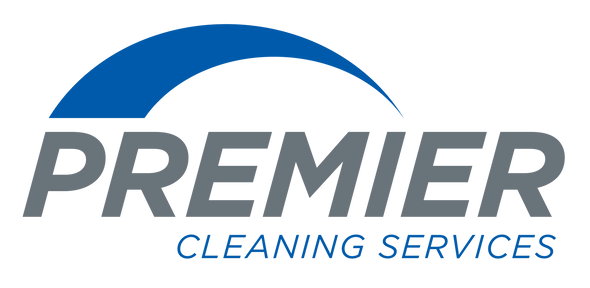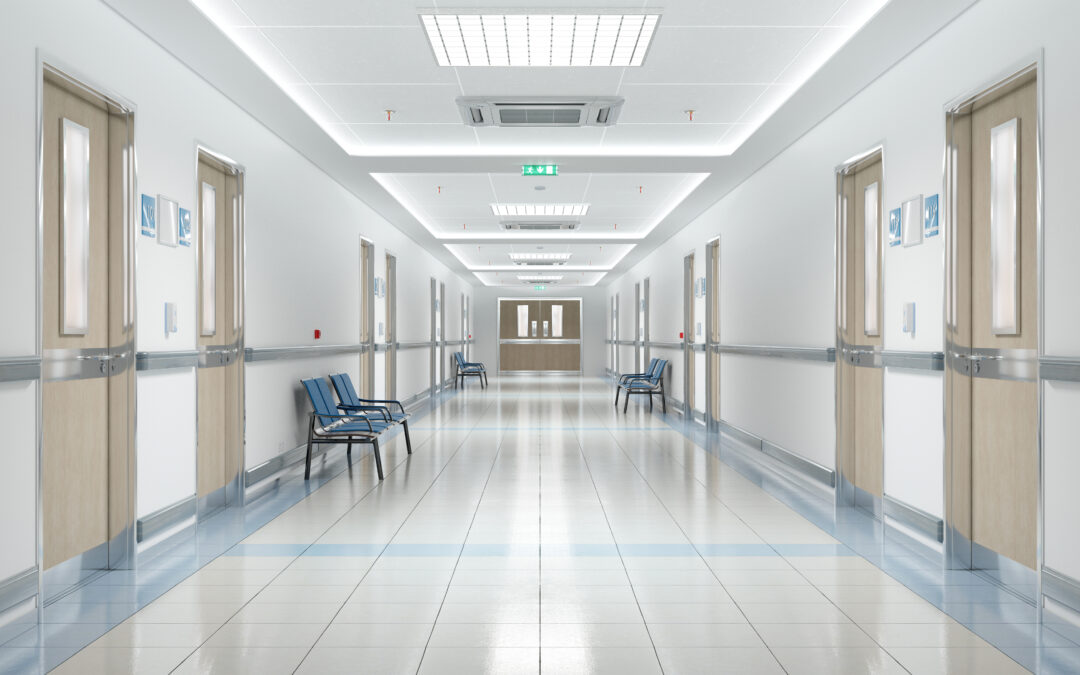Introduction
Healthcare facilities have always been places of profound importance, where the health and well-being of patients and staff alike are paramount. The COVID-19 pandemic brought unprecedented attention to the importance of cleanliness and hygiene within healthcare settings, especially in high-traffic areas like waiting rooms and lobbies. Beyond the waiting room, comprehensive cleaning practices are essential for ensuring the safety of all who enter these facilities. Below, we will discuss the significance of maintaining spotless healthcare lobbies and explore the best practices to achieve this goal.
The Critical Role of Healthcare Lobbies
Healthcare lobbies serve as the first point of contact for patients, their families, and visitors. These spaces are more than just waiting rooms; they are the initial impression of the facility, reflecting the standard of care provided within. A clean and well-maintained lobby not only enhances the overall experience but also promotes a sense of trust and confidence among those seeking medical care. Let’s dive into the critical roles that healthcare lobbies play:
Safety and Infection Control: Healthcare lobbies are potential hotspots for the transmission of infectious diseases. Patients and visitors often spend a considerable amount of time in these areas, increasing the risk of cross-contamination. The CDC (Centers for Disease Control and Prevention) states that effective cleaning and sanitation protocols can significantly reduce this risk, making lobbies safer for everyone.
Patient Experience: Patients arriving at healthcare facilities are often anxious or unwell. A clean and welcoming lobby can provide comfort and reassurance during these stressful times. A dirty or disorganized lobby, on the other hand, can exacerbate patient anxiety and dissatisfaction.
Image and Reputation: The first impression is a lasting one. A pristine lobby speaks volumes about the facility’s commitment to excellence in healthcare. Conversely, a poorly maintained lobby can damage the reputation of even the most renowned healthcare institutions.
Compliance with Regulations: Healthcare facilities are subject to stringent regulations, including those related to cleanliness and infection control. Failing to meet these standards can result in penalties and legal repercussions. Therefore, it is essential for healthcare lobbies to adhere to these regulations.
Now that we understand the vital role healthcare lobbies play, let’s explore comprehensive cleaning practices that can ensure their safety, cleanliness, and overall functionality.
Comprehensive Cleaning Practices for Healthcare Lobbies
Regular Cleaning Schedules: Establishing a routine cleaning schedule is the foundation of lobby maintenance. High-touch surfaces such as doorknobs, handrails, and reception desks should be disinfected frequently throughout the day. Floors, furniture, and upholstery should be cleaned daily or as needed.
Use of Hospital-Grade Disinfectants: Healthcare lobbies require a higher standard of cleanliness than other public spaces. Using hospital-grade disinfectants that are effective against a wide range of pathogens is essential. Pay close attention to disinfecting commonly touched surfaces like elevator buttons and waiting room chairs.
Proper Ventilation: Good indoor air quality is essential for healthcare lobbies. Ensure that the lobby is adequately ventilated to minimize the risk of airborne pathogens. Regularly clean and maintain HVAC systems to prevent the circulation of contaminants.
Appropriate PPE for Cleaning Staff: Cleaning staff should be equipped with the necessary personal protective equipment (PPE) such as gloves, masks, and gowns to protect themselves from potential exposure to infectious agents while cleaning. Adequate training on proper PPE usage is crucial.
Color-Coding Cleaning Tools: Adopt a color-coding system for cleaning tools and supplies to prevent cross-contamination. For example, use different colored mop heads or cloths for different areas of the lobby to ensure that germs are not spread inadvertently.
Focus on High-Touch Areas: Pay special attention to high-touch areas, which are the most likely sources of contamination. Elevator buttons, door handles, and waiting room chairs should be cleaned and disinfected frequently, ideally after each use.
Professional Cleaning Services: Consider outsourcing cleaning services to professional healthcare facility cleaning companies. These companies have the expertise, experience, and equipment necessary to maintain the highest standards of cleanliness in healthcare lobbies.
Eco-Friendly Cleaning Products: While effectiveness is paramount, it’s also important to consider the environmental impact of cleaning products. Whenever possible, opt for eco-friendly cleaning solutions that are less harmful to the environment and safer for both patients and staff. For more information on the importance of eco-friendly cleaning in healthcare facilities, visit our blog post on the subject.
Regular Deep Cleaning: In addition to daily maintenance, schedule regular deep cleaning sessions for the lobby. Deep cleaning can target hidden dirt, grime, and pathogens that may accumulate over time. This should include steam cleaning carpets and upholstery, as well as sanitizing air ducts.
Clear Signage: Post clear signage throughout the lobby to inform patients and visitors of hygiene expectations. Encourage the use of hand sanitizers, proper mask-wearing, and social distancing. Clear communication can go a long way in preventing the spread of infections.
Waste Management: Proper disposal of medical waste is critical in healthcare lobbies. Ensure that biohazardous waste is separated and disposed of according to regulations. Regularly empty trash cans and bins to prevent overflowing and cross-contamination.
Training and Education: Train cleaning staff on the specific cleaning protocols and hygiene standards required in healthcare settings. Regularly update their knowledge and skills to adapt to evolving guidelines and best practices.
Conclusion
In healthcare, cleanliness isn’t just a preference; it’s a necessity. The lobby of a healthcare facility serves as the gateway to wellness, and its condition directly impacts the perception of care quality and patient safety. By implementing comprehensive cleaning practices, healthcare institutions can not only meet regulatory requirements but also provide a clean and safe environment that instills trust in patients and their families.
Comprehensive cleaning practices in healthcare lobbies encompass everything from regular disinfection of high-touch surfaces to the use of hospital-grade disinfectants and proper ventilation. These practices not only mitigate the risk of infections but also contribute to a positive patient experience and a reputable image for the facility.
Ultimately, going beyond the waiting room in healthcare cleaning is about safeguarding the health and well-being of all who enter these vital spaces. In the ever-evolving landscape of healthcare, a commitment to comprehensive cleaning is a cornerstone of excellence and a testament to a facility’s dedication to the health and safety of its community.
Interested in starting your commercial cleaning journey? Contact Premier Cleaning Services today to request a free estimate.

